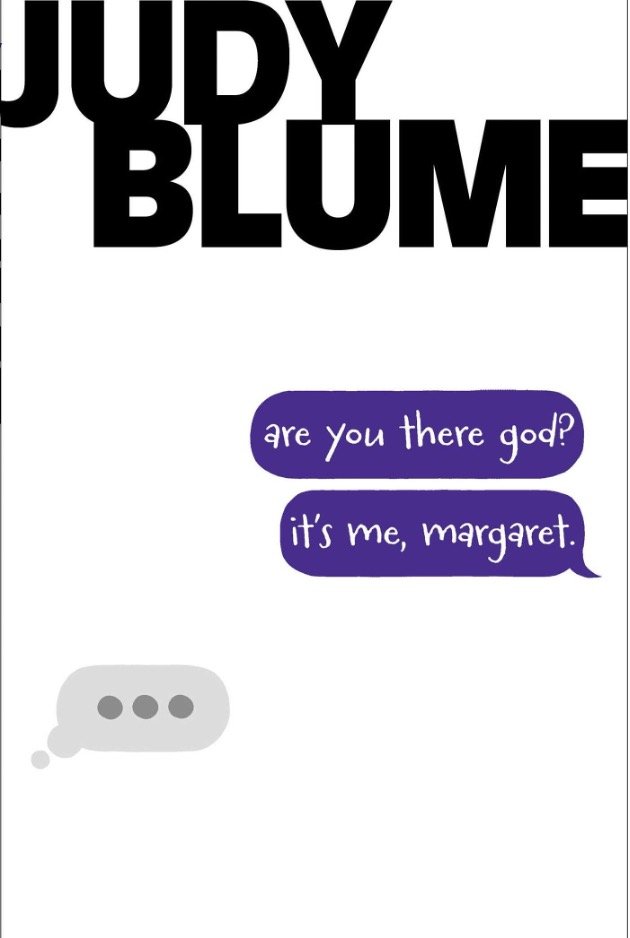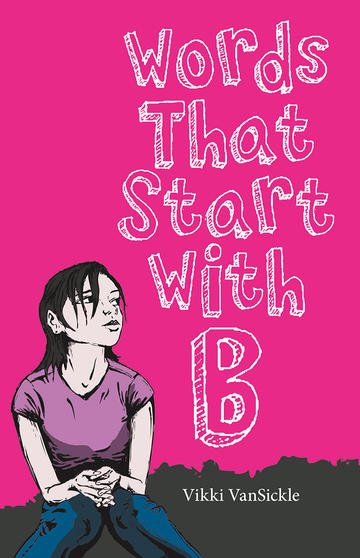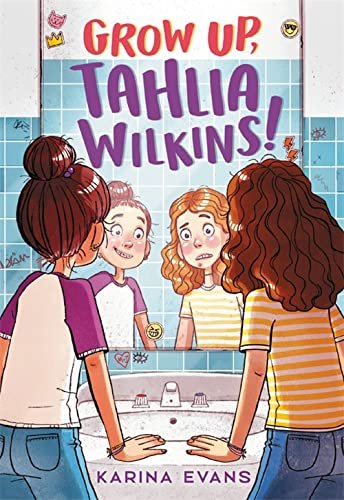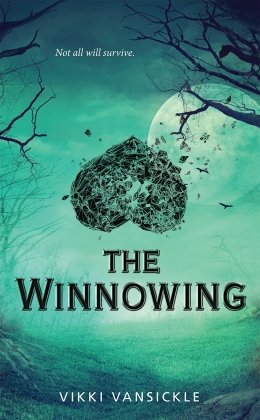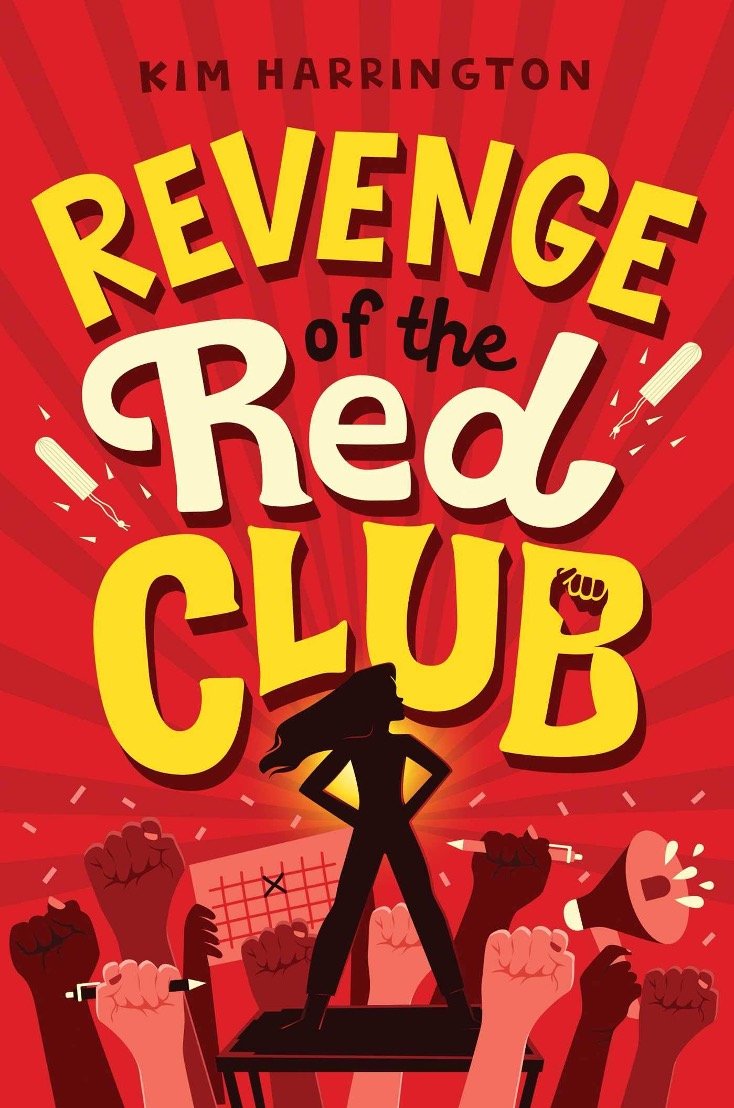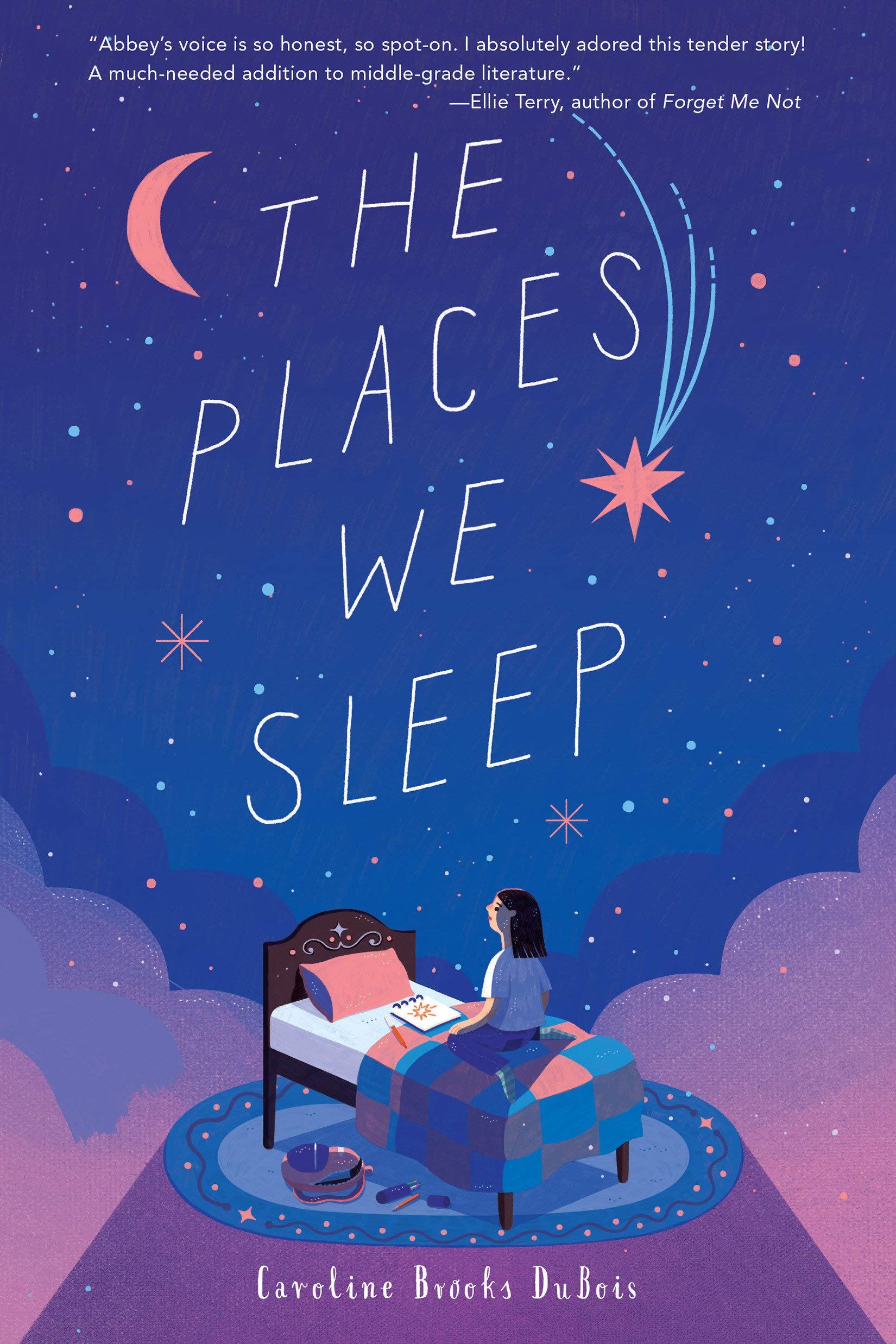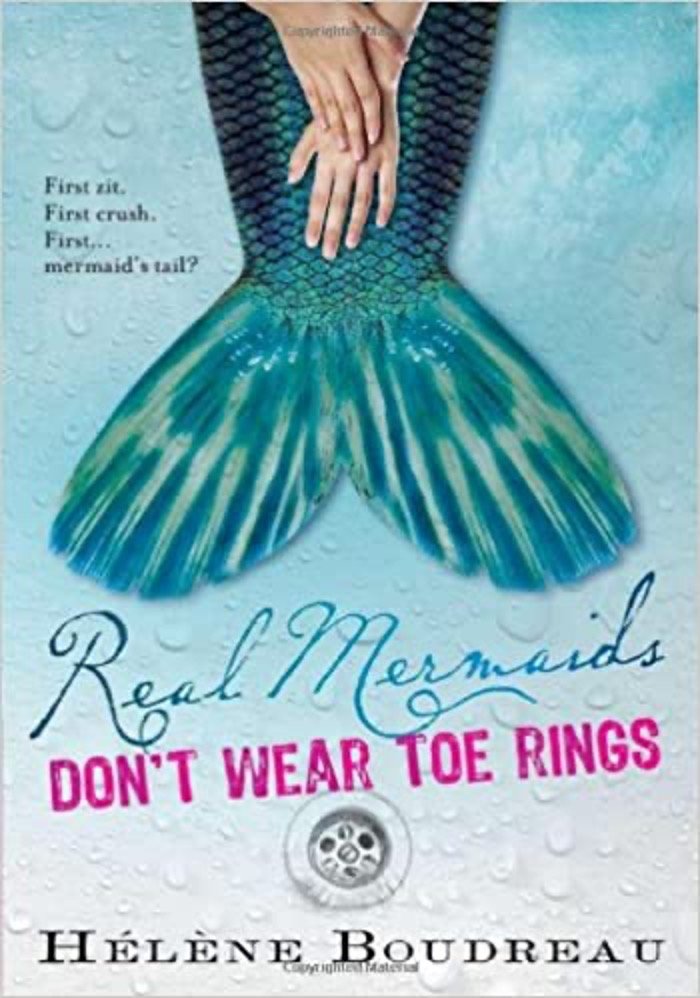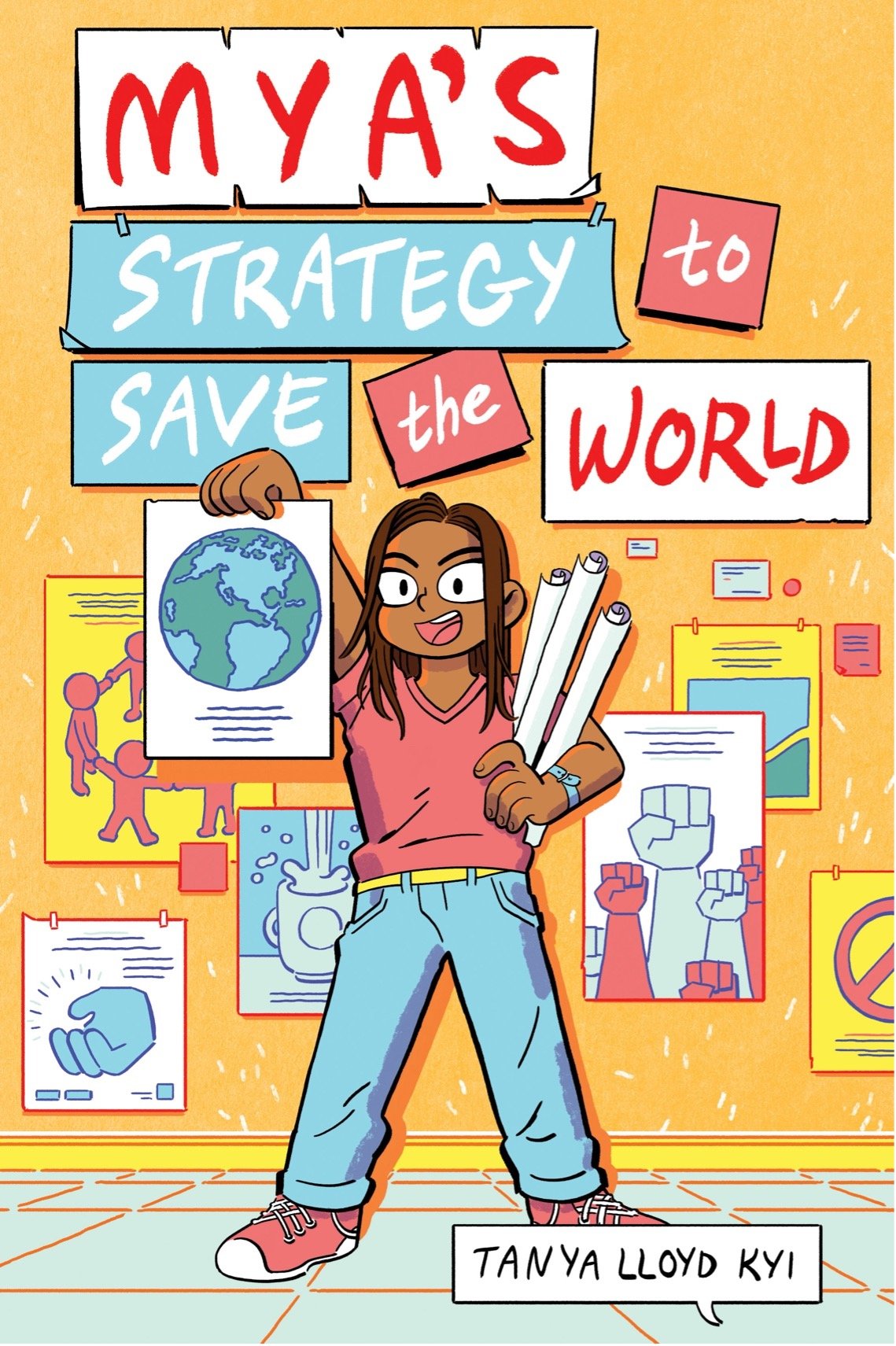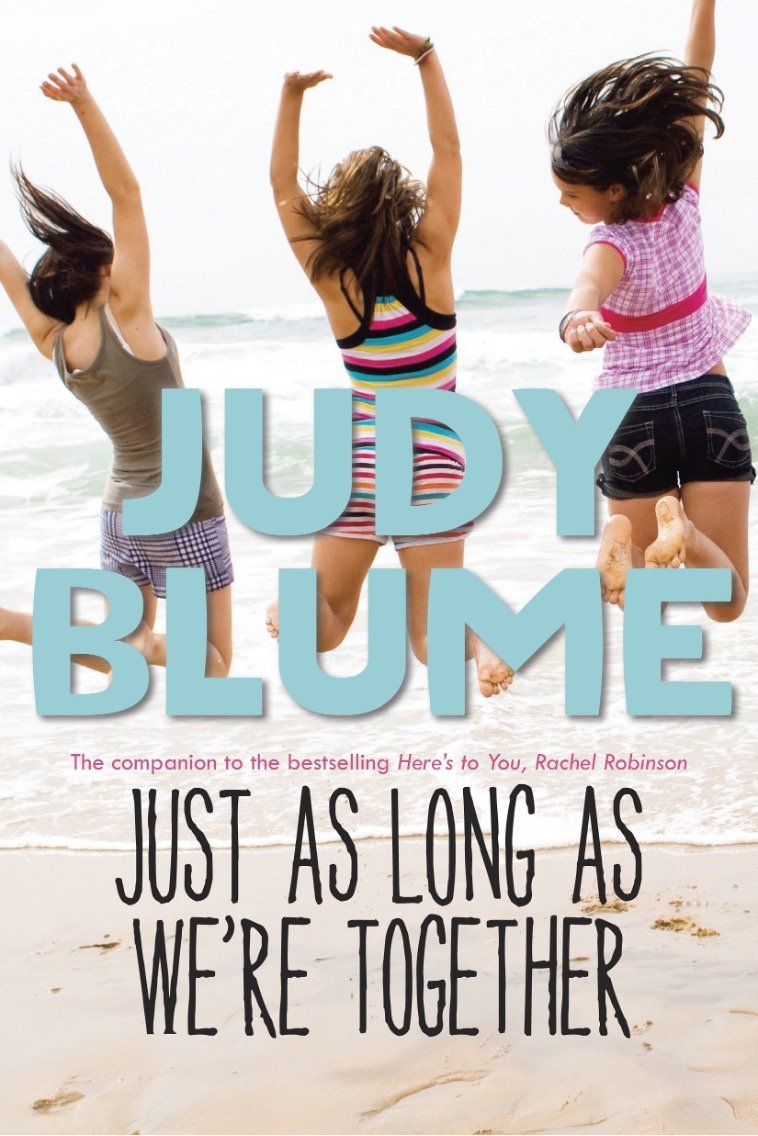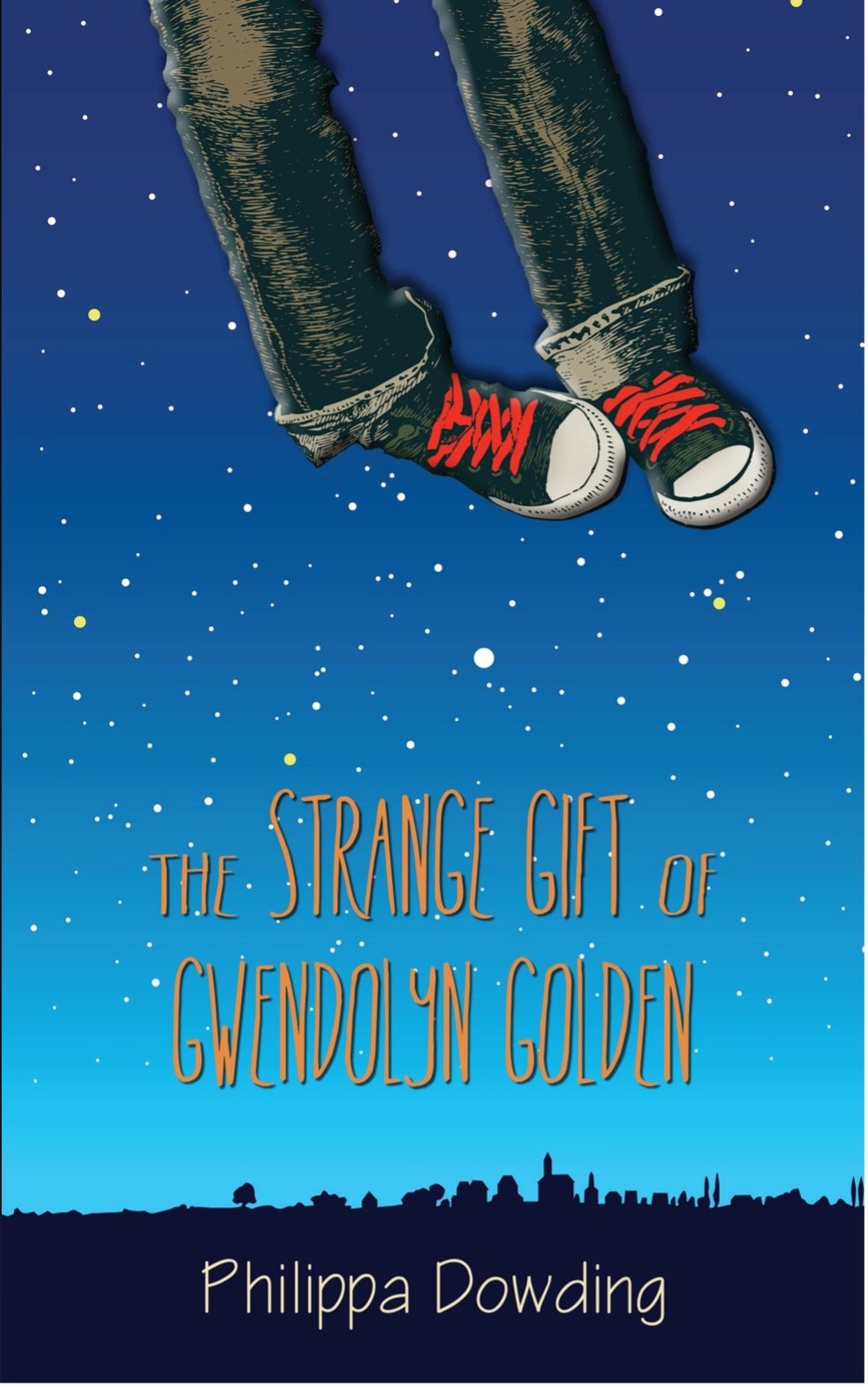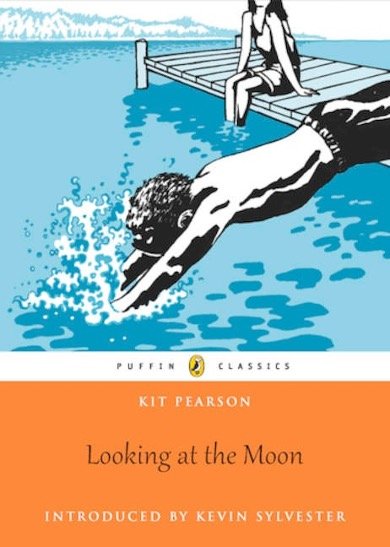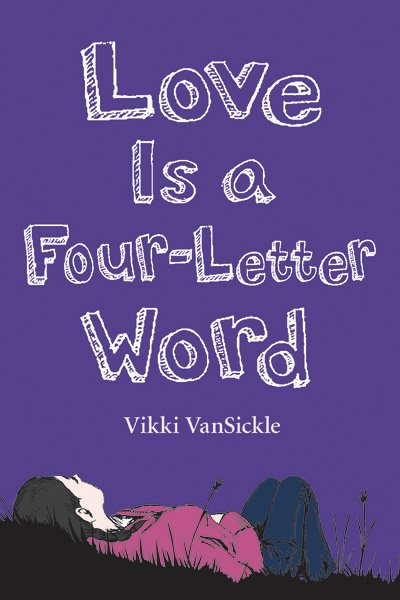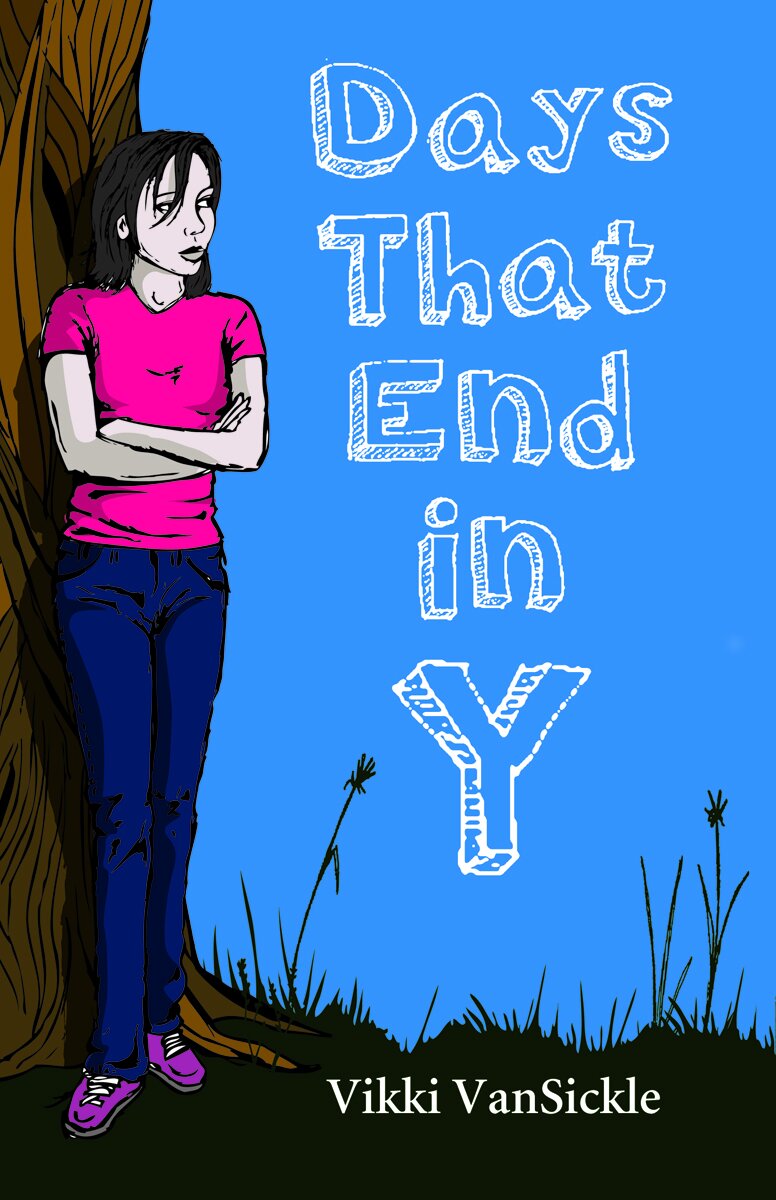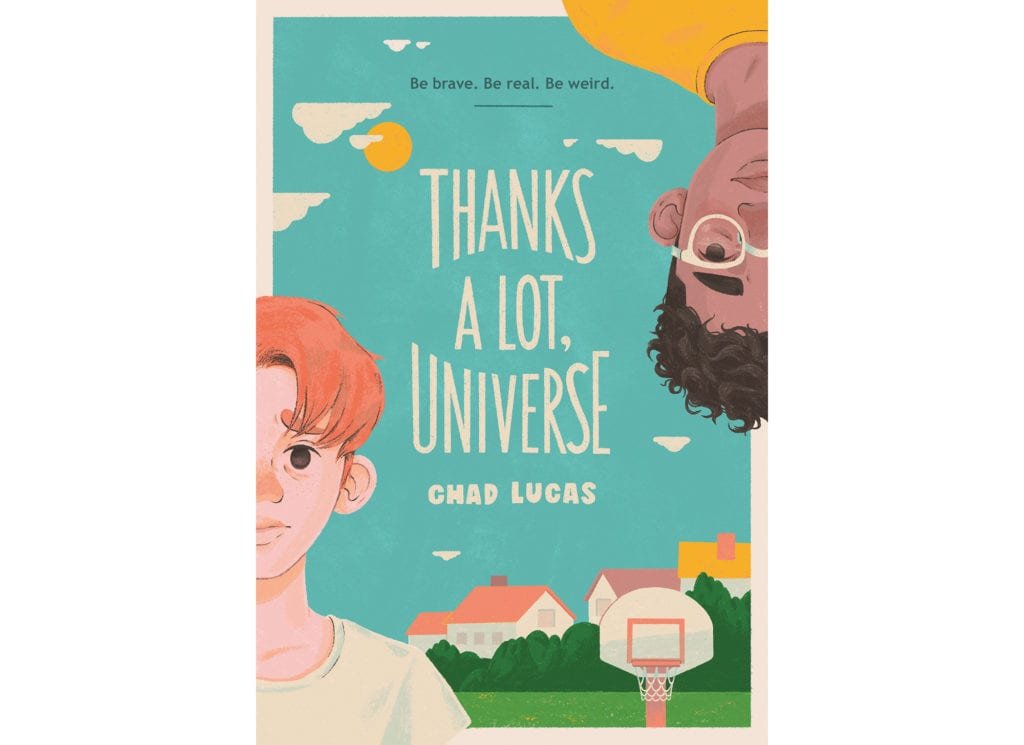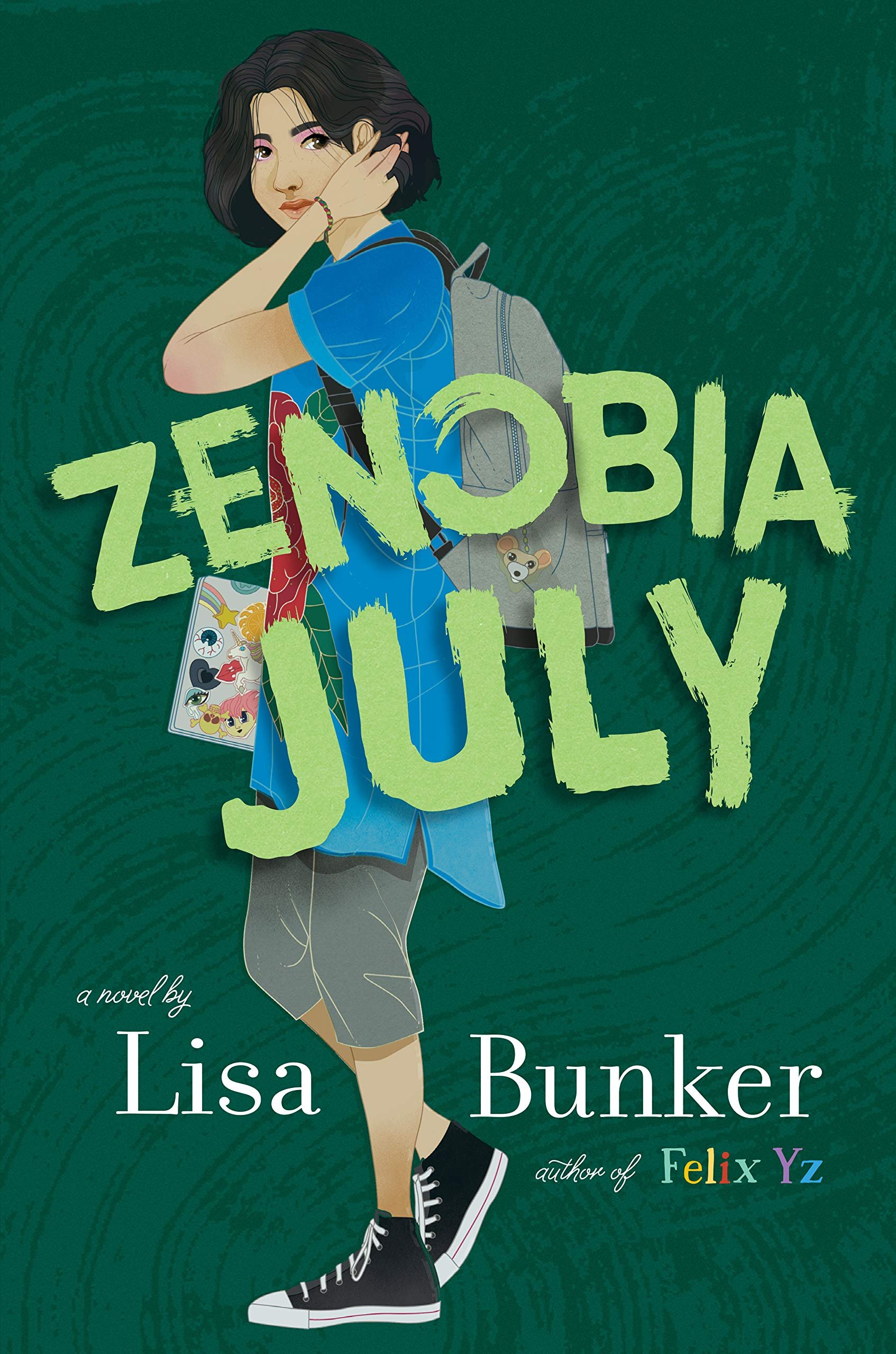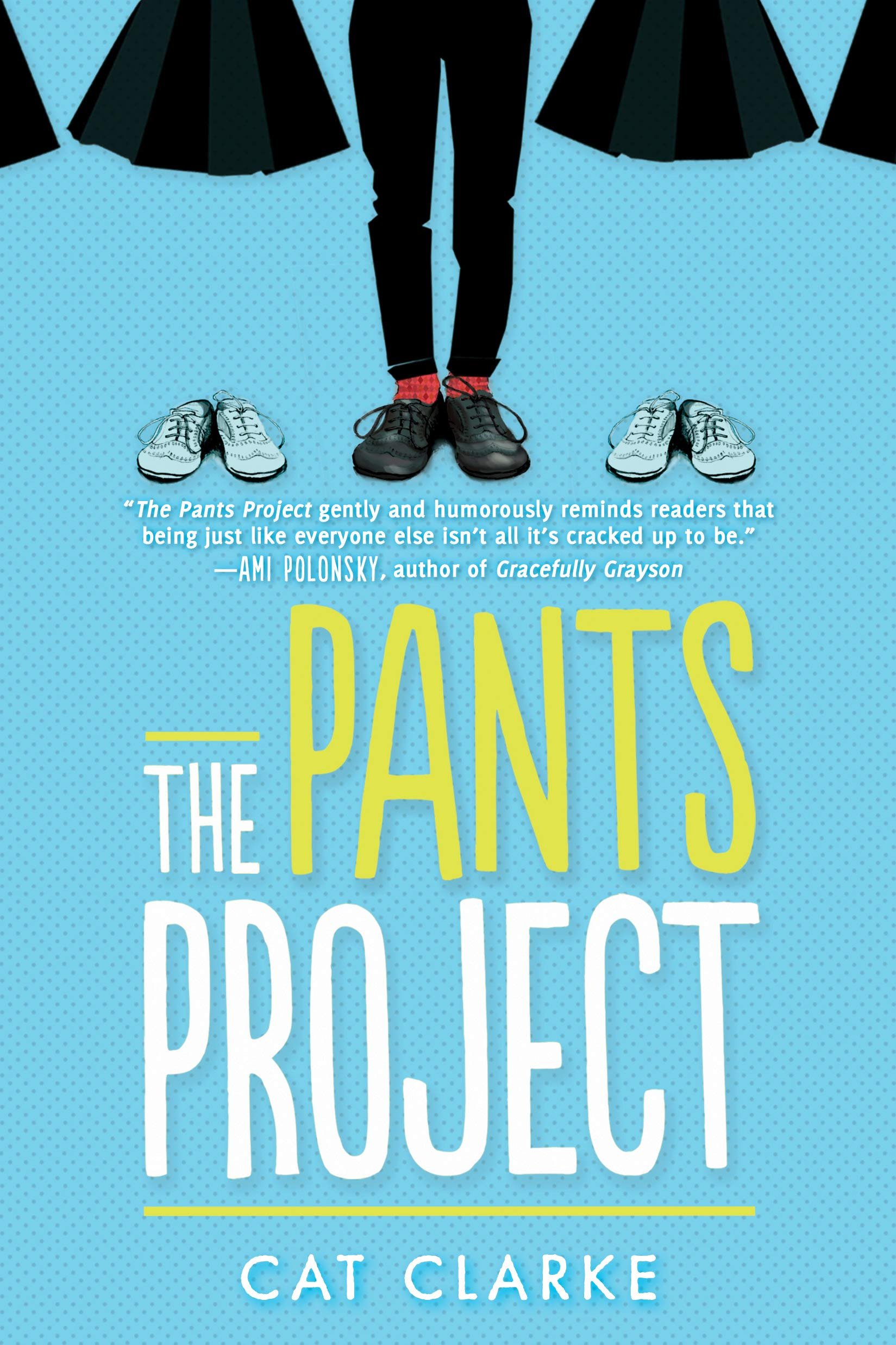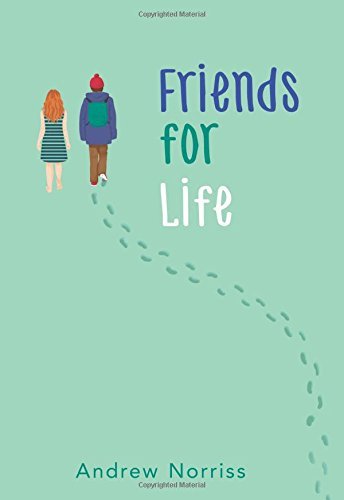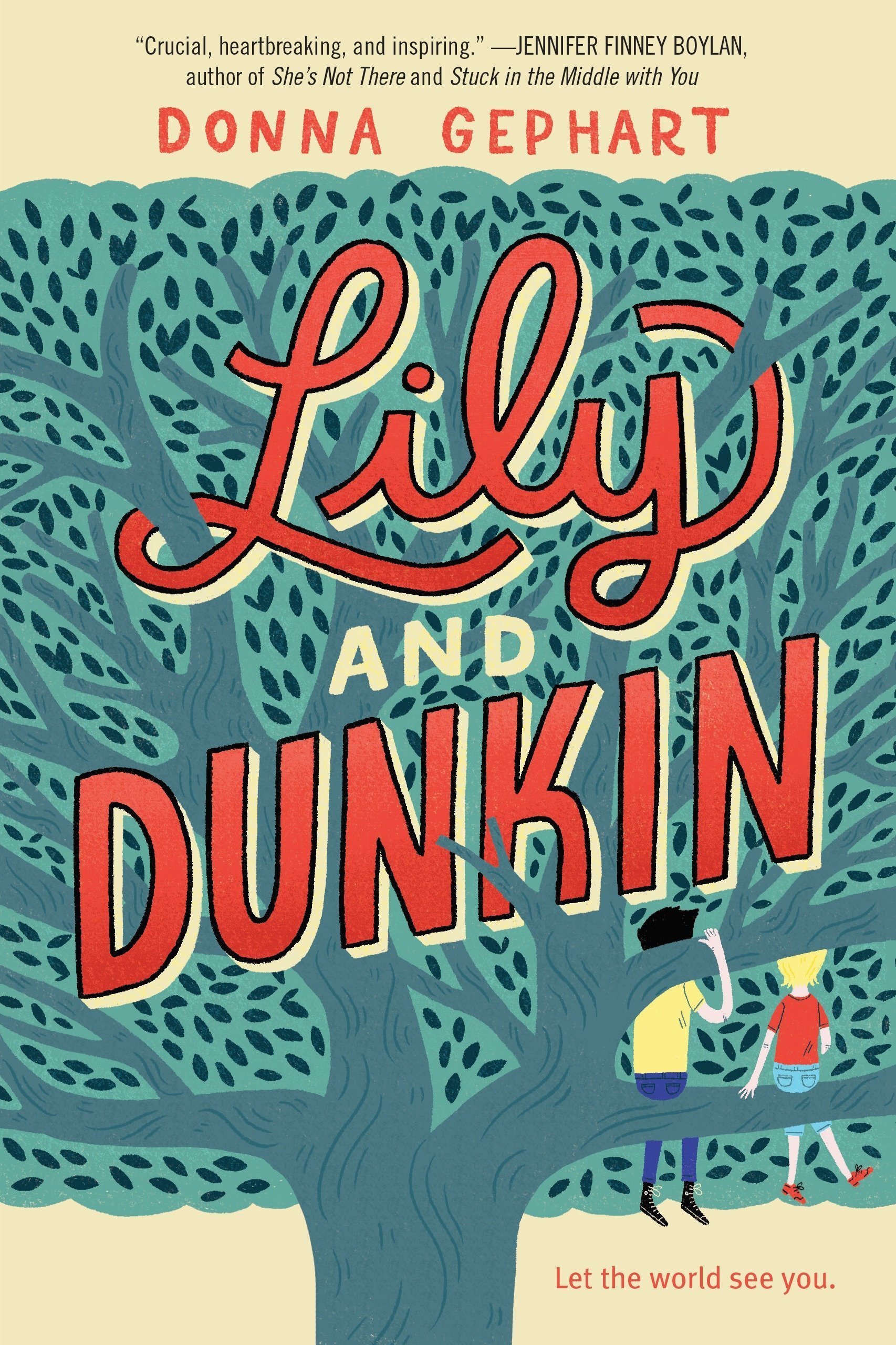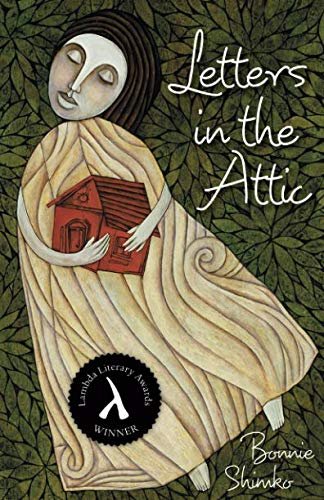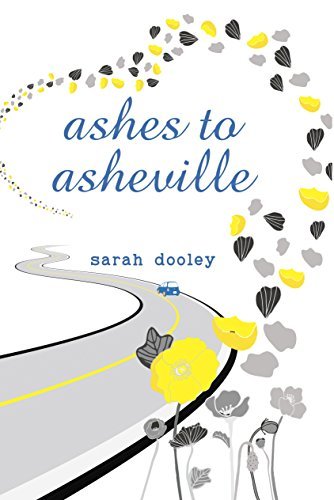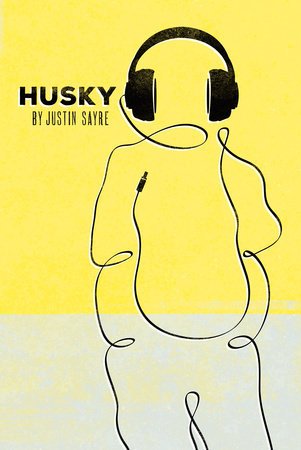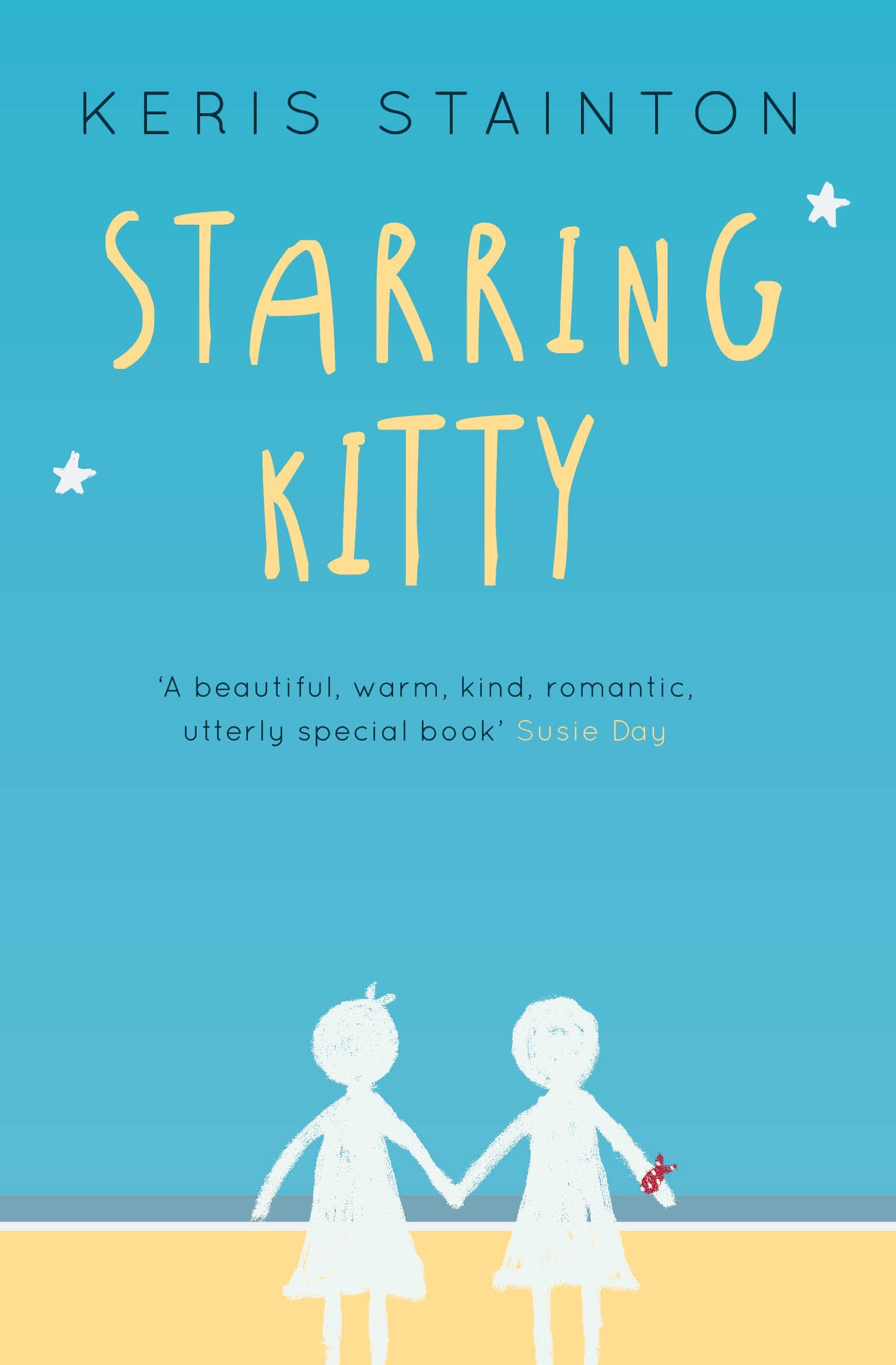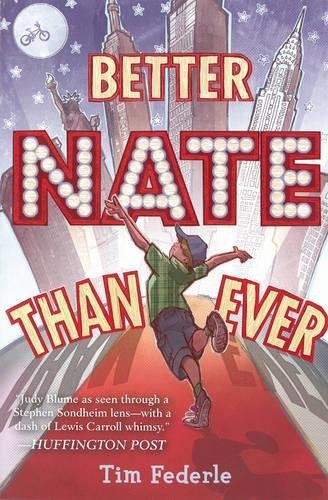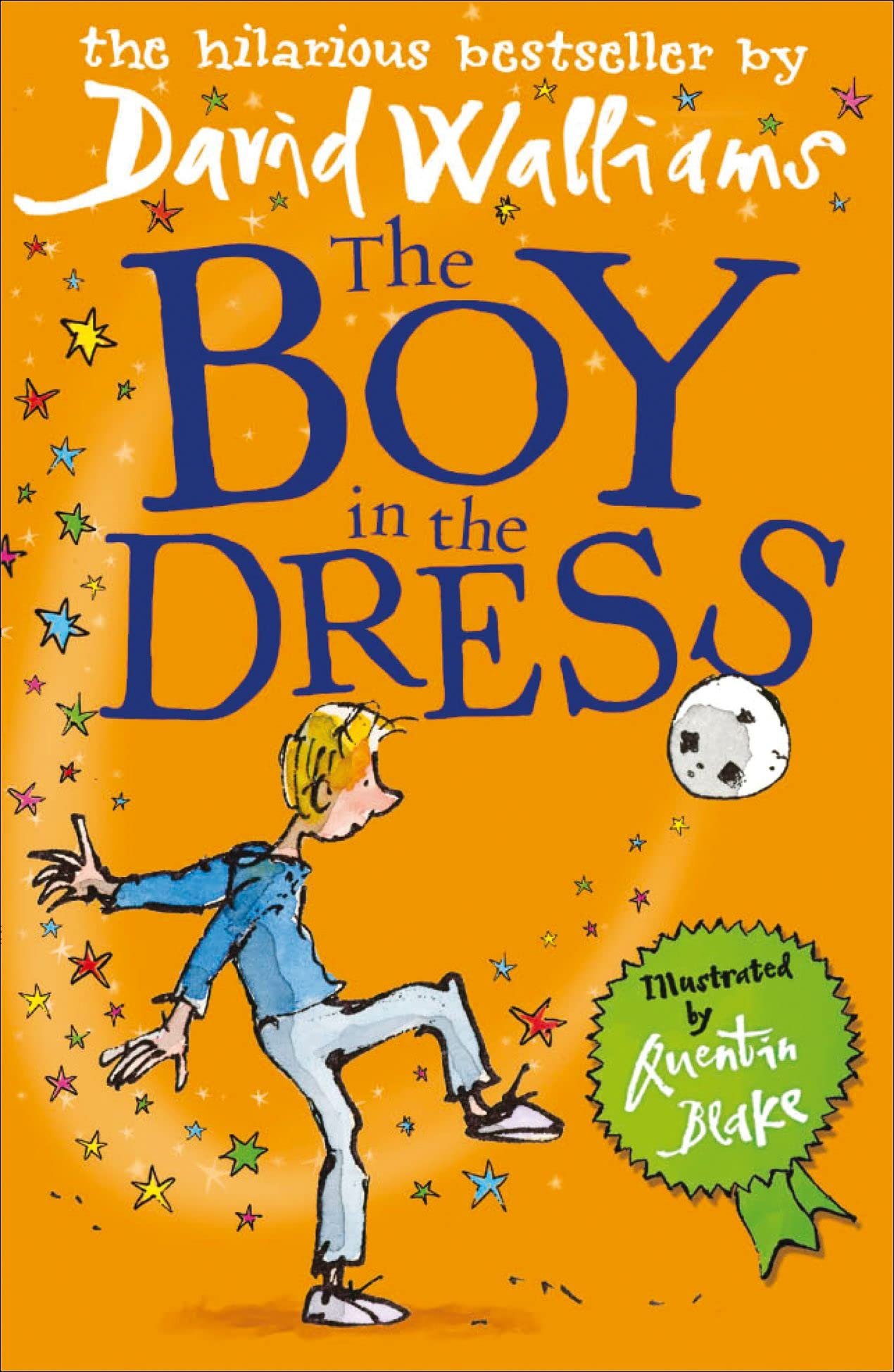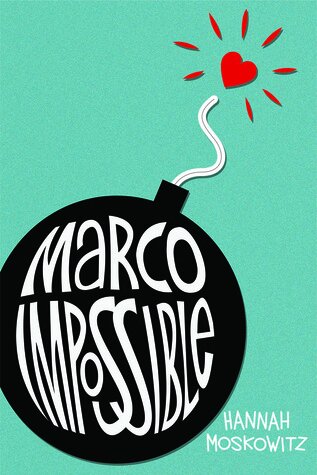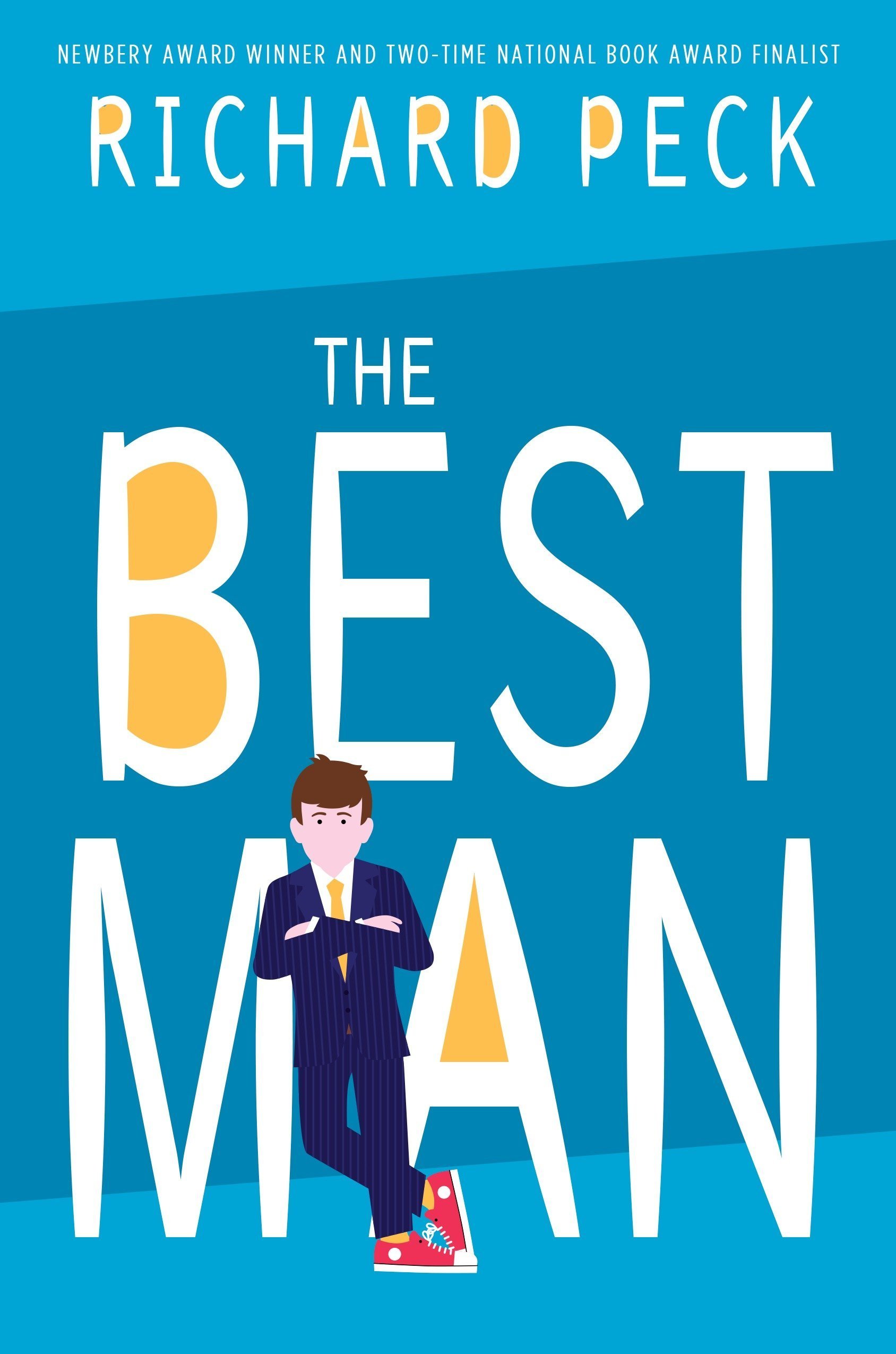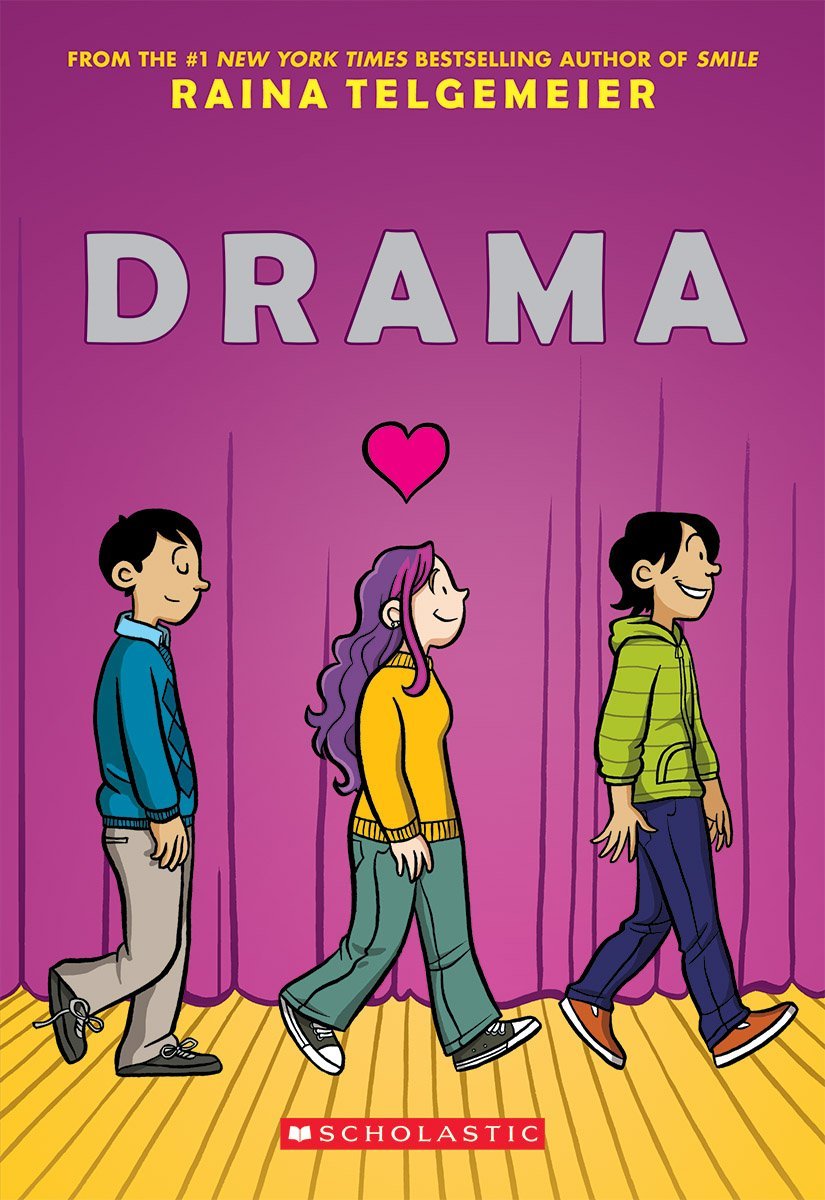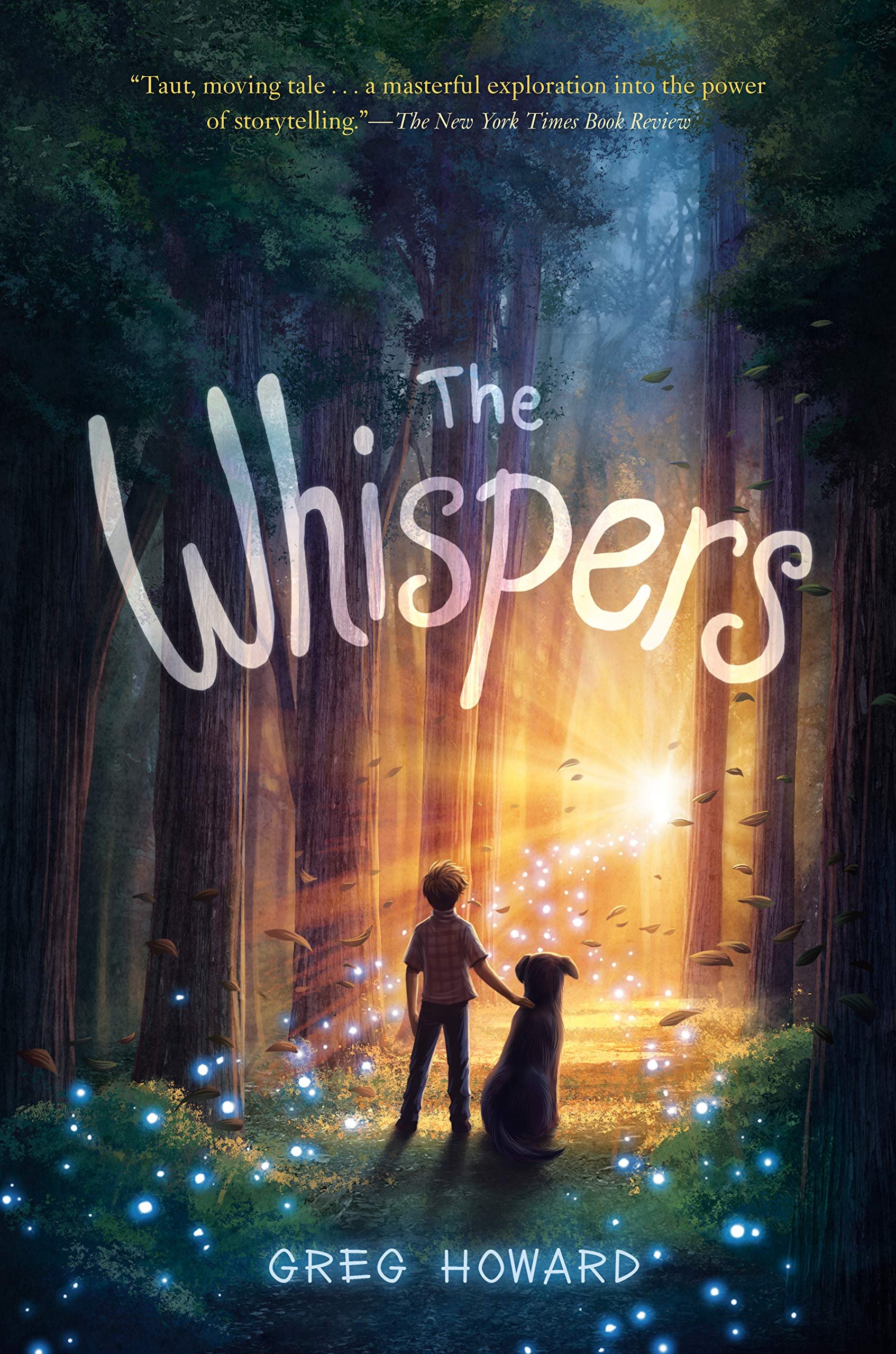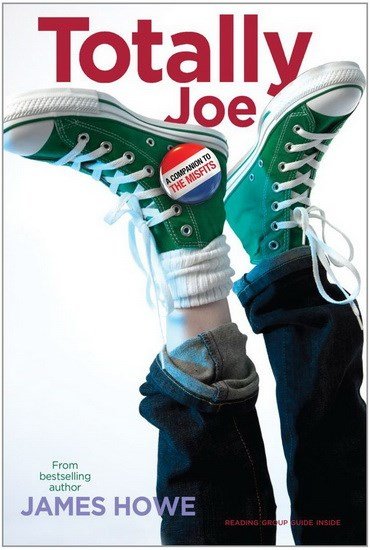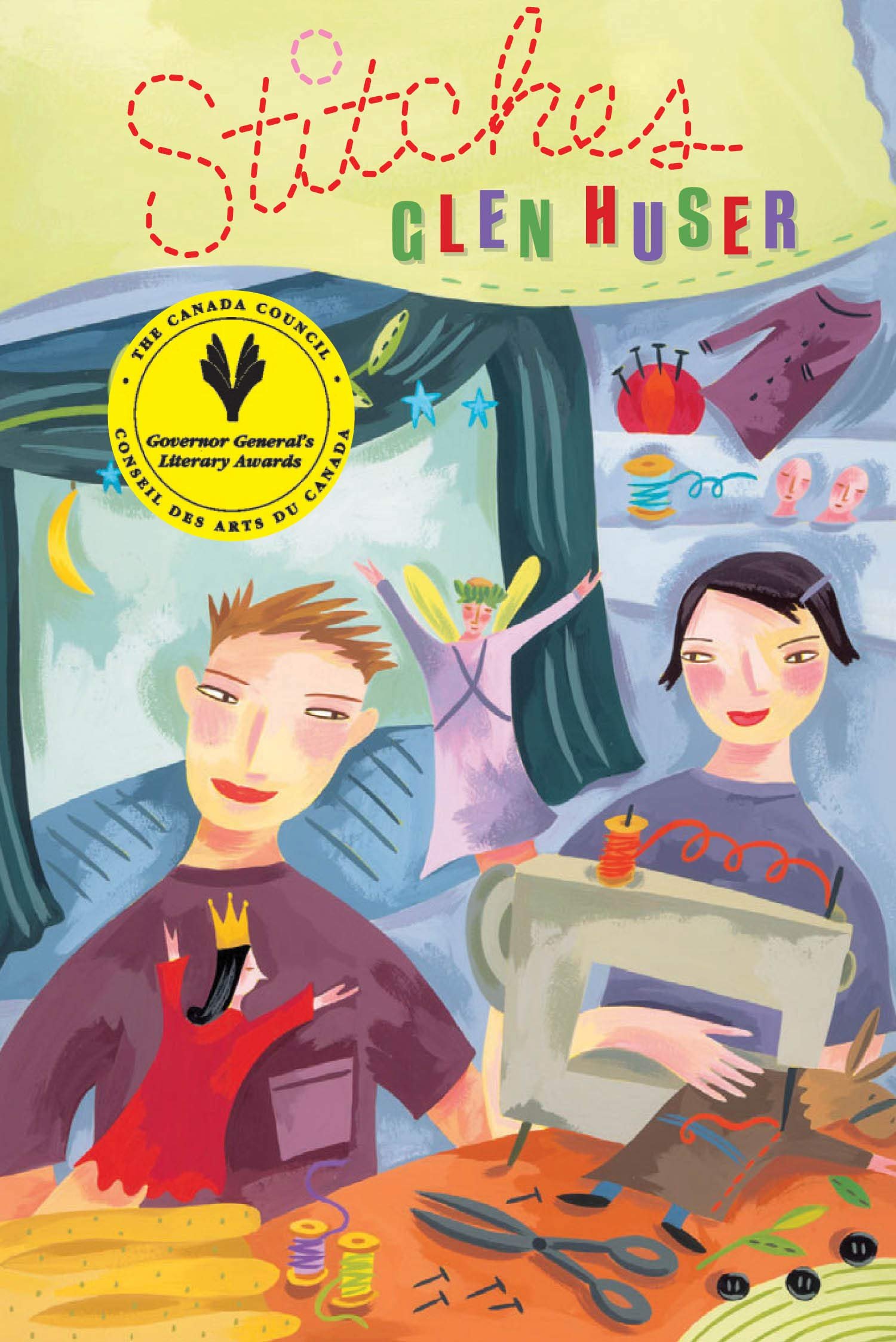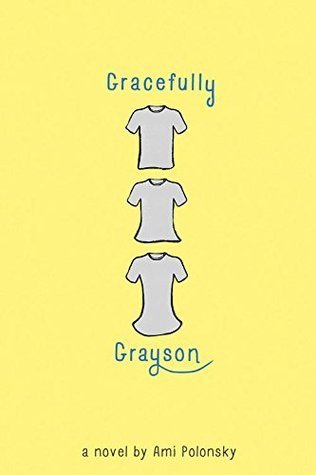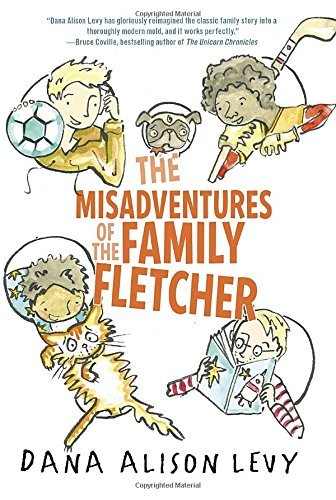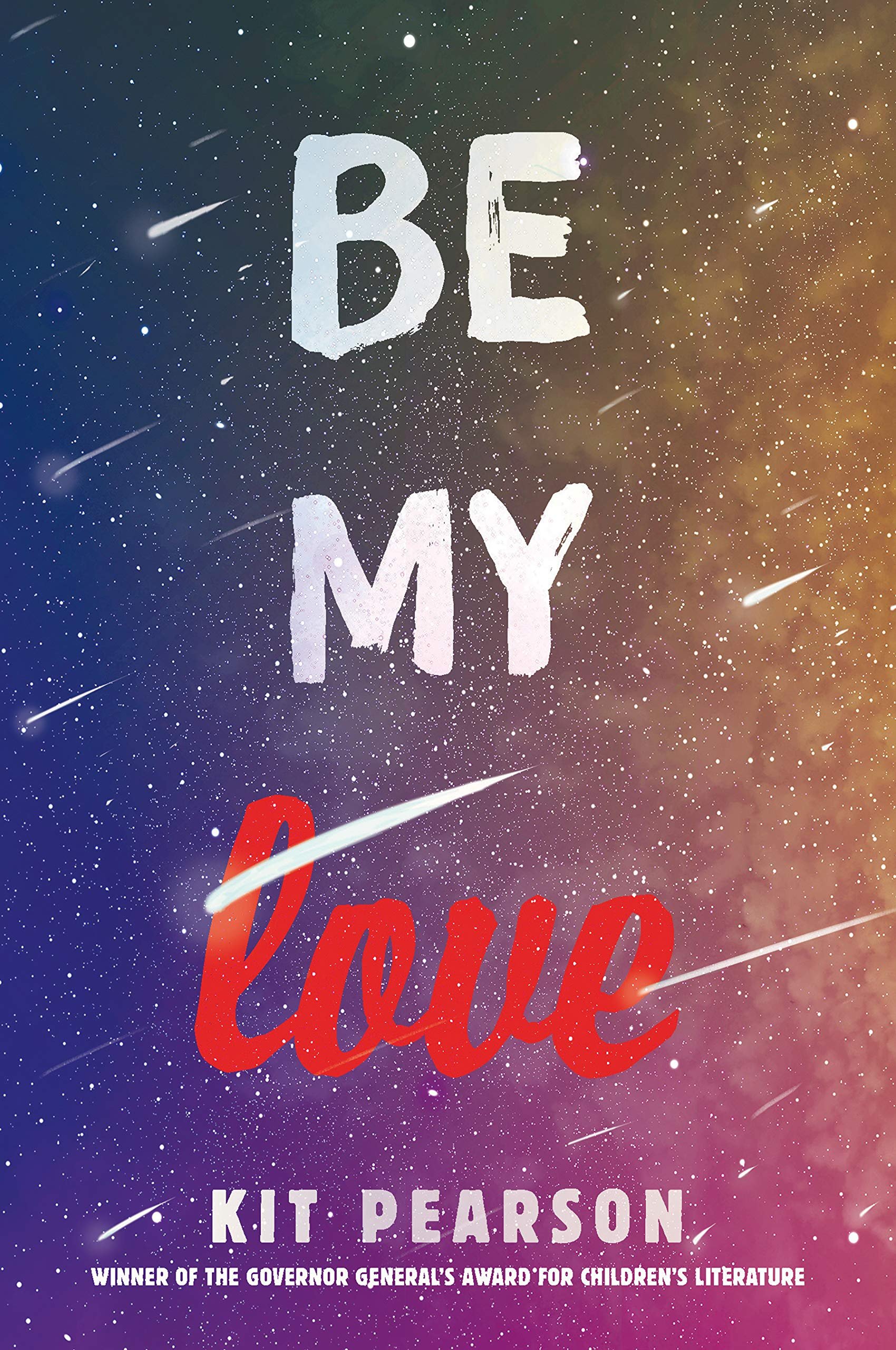News & updates
Why do so few characters get their periods in kids’ books?
It all begins with an idea.
This was originally posted on May 28, 2020
Today is Menstrual Hygiene Day, a day dedicated to busting taboos and myths around periods. Fifty percent of the population gets a period, and yet people are still uncomfortable talking about it. There are lots of great non-fiction books for kids that cover puberty, but what about fiction?
Most menstruators get their periods between 10-15 years old, so why don’t we see the topic covered more in middle grade fiction? It’s not like it isn’t front of mind for adolescents! As a kid, I remember actively flipping through novels looking for any mention at all of periods, with very little success. Thank goodness for Are You There God, It’s Me Margaret. But while still relevant and an important read, that book is 50 years old. Isn’t it time for more periods in our middle grade fiction? In a time of heightened confusion around consent and sexual education, isn’t it urgently necessary?
"Isn’t it time for more periods in middle grade fiction?
I want to share an experience I had during a school visit that has never, ever left me. As an author, I get the pleasure of visiting schools and talking to students. It is one of the most rewarding parts of my job. I visited a school that had selected my first novel WORDS THAT START WITH B as the seventh grade read. I was thrilled until the organizer let it slip that they skipped the chapters where the narrator gets her period. She told me they moved right onto the road trip, “and nobody noticed a thing. You could have left that part out entirely.” I was stunned, but let it slide. After all, I was thankful they had selected my book. The kids- girls AND boys- loved it, and stayed behind to tell me so and ask questions about what my characters would do next.
But years later I am still bothered by the omission of those chapters. They are significant to my character. They are significant to me. All girls have known the anxiety and fear of What If I Get It At School. Writing this chapter was an acknowledgment of that anxiety. When a young reader sees a reflection of themselves or their experiences in a book they know they aren’t alone. I wanted girls to read that chapter and think, “Yes! I feel the same way!” and for boys to read that chapter and think, “I never thought about that before” and perhaps feel more informed. Books manage difficult topics in the safest way possible.
I couldn’t get over the image in my mind of the kid in the class who read ahead (there’s always at least one), knew the chapter was coming, sitting there waiting for teacher to read it, thrilled to finally address periods as something normal and worthy of discussion- and then the shock when the teacher skips ahead. The disbelief about what just happened. And eventually, the shame. By omitting periods from fiction what we say to kids is, “This is secret, this is shameful, this isn’t a human experience, it’s only a girl’s experience, and girls’ experiences don’t matter.” Not to mention the experiences of trans and nonbinary kids.
So let’s make a list and share it widely! What fictional, middle grade books (ages 9-12) that actively mention periods or menstruation do you love? Please send me your recommendations and I’ll add them here. Let’s bust some taboos together! Visit the Menstrual Hygiene Day website for more resources. If you’re in Canada, be sure to check out national charity The Period Purse for ways to get involved all year round.
2022 Update
Since posting this in 2020, I put my pen where my mouth is and decided to write my own book that, among many other things, addresses hopes, fears, anxieties and truths around puberty, menstruation, and the emotional and physical changes that happen during adolescence. I can’t wait for you all to read P.S. Tell No One. I am so proud of this book and I hope it finds lots of readers!
Middle Grade Books That Include Menstruation
YA is Too Late: Gay Characters in Middle Grade Fiction
This was originally posted June 13, 2013
I can’t remember when I learned what the word gay meant. I remember people snickering when Maria sings “I feel pretty and witty and gay!” in West Side Story and not getting the joke. I remember how “that’s so gay” was used as an insult in middle school and I repeated it, not fully understanding what it meant. Will & Grace came on the air just as I entered high school. That is likely when I started to understand what gay meant, though it was packaged in a bright, shiny, made-for-prime-time TV package.
There have been many TV shows, movies, and books since the explosion of Will & Grace that address LGBTQ issues and feature well-rounded characters instead of just stock characters. YA fiction in particular has been very good at addressing the need for more LGBT content. More Than Just Magic is doing a month long YA Pride series, so be sure to drop by and check out her recommendations (including my book Days That End in Y). Teenagers are famously preoccupied with love and relationships, so it’s only natural that questions of sexual identity and preference are explored in YA fiction. But the middle grade years (ages 9-12) are when kids are the most in need of answers, empathy, and someone to relate to. YA is too late. You need to reach children in their middle grade years, when it really counts.
I knew many boys like Benji growing up. I babysat them, drove them to camp, sang in choir with them, sat next to them in school. Only they were not openly gay then. Some of them were too young to identify. They may have felt different, but couldn’t put their finger on why. They may have understood that it wasn’t safe for them to come out, and so they waited until they were much older and long gone from their hometowns to do so. Do these boys see themselves in fiction? I certainly had a hard time tracking them down. So I wrote for them.
It was always my intention to address Benji’s sexuality but it needed to be at the right time. I am thankful to Scholastic Canada for giving me three books to develop his character and bring him to a place where he can admit such a deeply personal and scary thing to his best friend. I hope that my readers who have grown to love Benji can accept him as well, and in turn, accept those in their lives who need all the love and support they can get.
I hope that when children read my series about Benji and Clarissa they learn something about empathy and bravery. I hope kids who are struggling with their own sexuality are inspired by Benji’s bravery and comforted by Clarissa’s acceptance. I hope it prepares kids to be open and compassionate when their own friends come out to them.
We still have a long way to go. Books featuring queer characters are among the most consistently banned or censored books in America. I recommend the following middle grade novels featuring positive LGTBQ characters or children questioning their sexuality. Please feel free to leave your own recommendations in the comments.
2022 Update
This was a post from my early kidlit blogging days. While there are increasingly more diverse books about gender identity and sexual orientation, they are also the titles that most frequently challenged or banned. This list is by no means complete or exhaustive! Let me know if you have a title you’d like to add.





